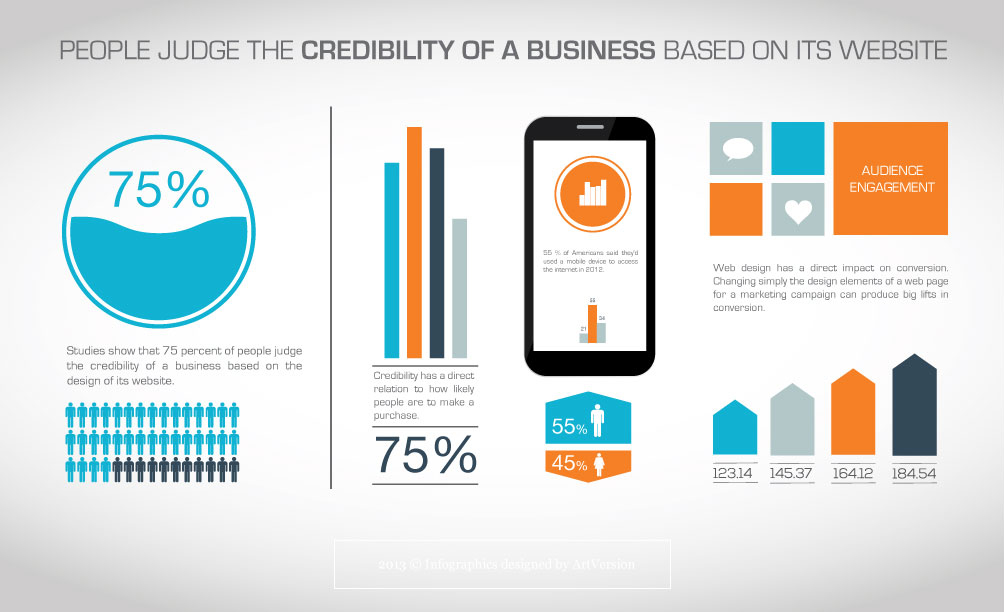Intrigued In Learning Just How Internet Site Layout Has Progressed Over The Years? Discover The Trip From Fundamental, Uncomplicated Styles To User-Centric Interfaces That Prioritize The Visitor'S Experience
Intrigued In Learning Just How Internet Site Layout Has Progressed Over The Years? Discover The Trip From Fundamental, Uncomplicated Styles To User-Centric Interfaces That Prioritize The Visitor'S Experience
Blog Article
Produced By-Monroe Bowles
In the past, websites were easy and concentrated on details. Navigation was direct, and style was for desktops. Currently, individual experience is vital. Information overviews layouts for easy navigating. Responsive formats match different tools. Today, dark setting minimizes pressure, and minimal menus enhance navigation. Interactive attributes involve users, and strong visuals stand out. AI combination improves involvement. See how style has actually advanced to improve your on-line journey.
Very Early Days of Web Design
In the very early days of web design, simpleness reigned supreme. Internet sites were fundamental, with restricted shades, font styles, and layouts. The focus got on offering info as opposed to showy visuals. Customers accessed the net with slow-moving dial-up connections, so speed and capability were key.
Navigation food selections were straightforward, generally located at the top or side of the page. content for real estate website were developed for desktop, as mobile browsing had not been yet widespread. Material was king, and designers prioritized easy readability over complex design aspects.
HTML was the key coding language utilized, and designers had to work within its restrictions. Animations and interactive functions were minimal compared to today's standards. Websites were static, with little vibrant material or personalized individual experiences.
Increase of User-Focused Layout
With the evolution of web site layout, a change in the direction of user-focused layout principles has ended up being increasingly prominent. new web design , producing websites that focus on user experience is crucial for engaging visitors and attaining company objectives. User-focused design involves recognizing the demands, choices, and behaviors of your target market to customize the internet site's design, web content, and features as necessary.
Designers now perform thorough research, such as customer studies and usability testing, to collect insights and responses directly from users. This data-driven method helps in creating user-friendly navigating, clear calls-to-action, and visually attractive interfaces that resonate with visitors. By putting web design services company at the center of the design process, websites can supply an extra tailored and satisfying experience.
Receptive style has actually additionally emerged as a vital element of user-focused style, making sure that internet sites are enhanced for various tools and screen dimensions. This versatility improves availability and usability, accommodating the varied methods individuals connect with websites today. Basically, the rise of user-focused layout symbolizes a shift in the direction of creating digital experiences that focus on the demands and expectations of the end customer.
Modern Trends in Web Design
Discover the current fads shaping website design today. One prominent fad is dark mode style, supplying a smooth and contemporary look while decreasing eye stress in low-light environments. An additional vital pattern is minimal navigation, simplifying food selections and boosting customer experience by concentrating on essential elements. Including micro-interactions, such as computer animated buttons or scrolling impacts, can produce a more appealing and interactive site. Receptive layout stays essential, making sure smooth user experiences across different tools. Furthermore, making use of bold typography and asymmetrical formats can include aesthetic interest and accentuate certain material.
Incorporating AI technology, like chatbots for client assistance or tailored recommendations, enhances individual engagement and improves procedures. Access has also become a significant fad, with designers focusing on comprehensive layout methods to deal with varied individual demands. Accepting sustainability by optimizing internet site efficiency for speed and performance is one more arising pattern in website design. Working together with user feedback and information analytics to repeat and enhance style continually is important for remaining pertinent in the ever-evolving digital landscape. By welcoming these modern-day trends, you can produce an aesthetically attractive, straightforward website that resonates with your audience.
Verdict
As you reflect on the evolution of web site layout from the very early days to now, you can see just how user-focused layout has ended up being the driving pressure behind contemporary patterns.
Embrace the journey of modification and adaptation in web design, always maintaining the user experience at the leading edge.
Stay current with the latest patterns and technologies, and never stop progressing your approach to produce aesthetically stunning and straightforward web sites.
Advance, adapt, and create - the future of website design is in your hands.
